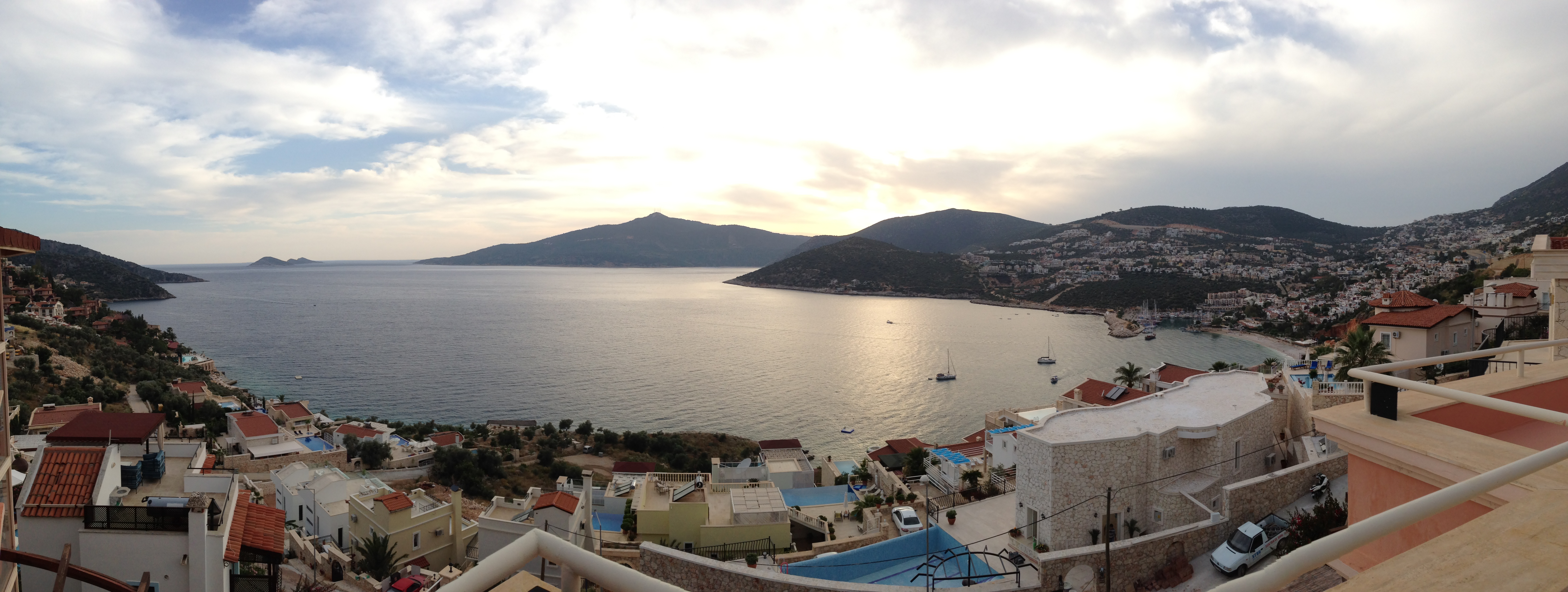I have written about a whole host of ancient sites in Turkey and have raved about many of them. However, hands down, Aphrodisias is my favorite ancient site in Turkey. There are three main reasons for this: 1) the sheer scale and condition of the site 2) its ridiculous stadium, and 3) the spectacular on-site museum.

Aphrodisias, an ancient Greek city, has a somewhat remote location, 200km northeast of Bodrum, 200 kms southeast of Izmir, and a 100km drive from Pamukkale. The small two-lane road that takes you from the main highway to Aphrodisias cuts through lovely farmland teeming with storks’ nests. This remoteness means that Aphrodisias tends to be less crowded than more accessible ancient sites like Ephesus.
Aphrodisias was “discovered” and excavated much later than some of the other ancient sites in Turkey. For years, the Turkish village of Geyre existed on top of the ancient ruins. (Geyre was relocated when excavations began in earnest). Locals co-existed with the ancient ruins and no major excavation had been conducted. My grandfather worked as a civil engineer in this part of the county in the 1940s and visited the site before it was “rediscovered.” Years later he would recount this visit to our family; like me, he was particularly struck by the stadium. The excavations picked up steam in the 1960s under the leadership of a Turkish archaeologist, Kenan Erim, who dedicated his life to Aphrodisias and whose grave prominently sits at the site today.
The sheer size of Aphrodisias is staggering. From exploring the site you get a true sense of what it would have been like to live in the city thousands of year ago. Many of the buildings at Aphrodisias have now been excavated and are in good condition, which helps create a full picture of what the city looked like in its heyday.
The most impressive structure at Aphrodisias is the stadium. Though a bit overgrown with weeds, the oblong stadium is largely intact and retains its original shape and many of its seats. The scale of this thing is hard to fathom without seeing in person. It has the capacity to seat 30,000 people and is one of the largest stadiums in the ancient world.

In addition to the stadium, Aphrodisias boasts a fabulous reconstructed main gateway, a temple to Aphrodite (hence the name of the city), an odeon, and an amphitheater with its stage still intact.
Aphrodisias was known as a center for sculpture throughout the ancient world thanks to easy access to high-quality marble. Cities and leaders from around the ancient world would commission sculptures from the artisans at Aphrodisias. There is a fabulous on-site museum here that displays many of the exquisite sculptures discovered at the site. This is particularly remarkable because these finds have actually stayed on site and in Turkey. Contrast that to the thousands of artifacts unearthed at other ancient sites in Turkey that are now hanging out in the British Museum (pieces from the Mausoleum of Halicarnassus) or in Germany (the Altar of Zeus from Bergama). It felt particularly special to be able to view these finds just steps away from where they had been created and discovered.
Visitor info: The site is open from 8am to 7pm from April through September and from 8am to 5pm from October through March. Admission to the site is 15TL. There are not many hotels or facilities around Aphrodisias. It is best to visit from a base in Pamukkale or en route to Bodrum, Izmir or other parts of the Aegean coast.


